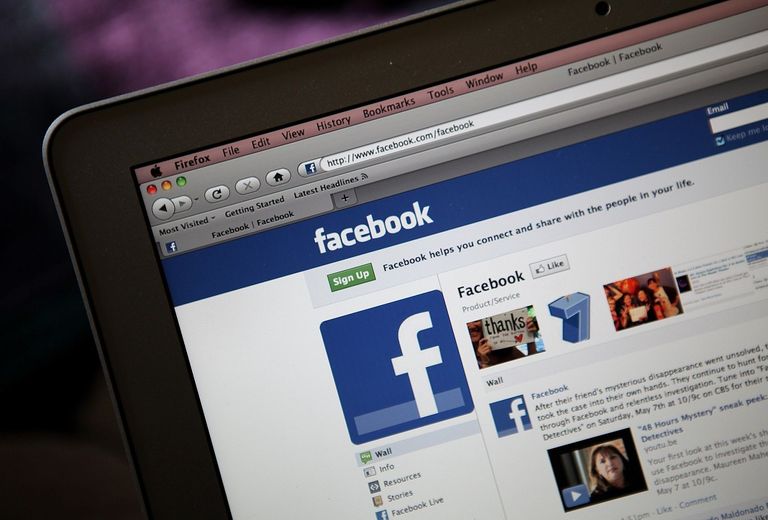Social media – a violent tool?
July 5, 2017 | Expert Insights

An incendiary post on Facebook by a teenager has seemingly sparked off communal violence in West Bengal.
According to latest reports, in a period of two days, at least six police vehicles as well as a number of shops and houses were torched by a mob in North 24 Parganas district in West Bengal. A high school student had apparently posted an offensive post about Prophet Muhammad.
The Central government had to send troops to assuage the situation.
Background
During the Muzaffarnagar riots in 2013, social media played a role in perpetuating violence. In fact a politician was arrested for uploading a fake video on Facebook depicting a Muslim mob brutally murdering Hindu youth.
In 2014, a controversial Facebook post with defamatory content about two Hindu kings as well as the late Shiv Sena leader Bal Thackeray provoked violent protests in Maharashtra. In the unrests that followed, a total of 24 out of the 33 police stations in the region were affected.
In 2017 violence erupted in the state of Odisha after some people had allegedly posted negative comments on a Facebook page. Mob violence once erupted in Bhadrak, Odisha, as a result of it. In order to ensure that the situation did not escalate, the government went on to restrict the access to social media for 48 hours. A senior official at the time said that this was done to prevent the rumors from spreading.
The rise of popularity of Kashmiri militant Burhan Wani has also been linked to his savvy use of social media.
The Indian government has in the past addressed this disturbing trend. Union Minister, Rajnath Singh in 2014 said, “In recent years, the social media has been increasingly used (in India) to instigate communal riots.”
Police in cities like Mumbai and New Delhi have also set up cyber-crime labs to monitor such content.
Analysis
In lieu of the current spate of violence, the chief minister of West Bengal, Mamata Banerjee has suspended all schools, called for the shut down of shops as well as internet services in the area. The 400 paramilitary personnel who had been deployed by the Centre were also at hand at patrol the region to prevent any further disruptions from taking place. The region is only 20 minutes from the Bangladesh border and Banerjee has been told by the Central government to furnish a report about the events that had taken place.
A number of these crimes get booked under the Section 66A of the IT Act. The law prohibits people from sending or sharing information that is deemed “grossly offensive” or “menacing” either through a computer or through communication devices. This includes, texts, images, audio or video.
Assessment
Our assessment is that social media is increasingly becoming the tool to fan violence. This is evident across the world as well. In 2012, riots occurred in Myanmar after doctored videos of Tibetans were circulated online.
Governments should put into place the infrastructure that can monitor social media platforms for incendiary content and also quickly be able to build counter-narratives on the same social media platforms. A good example was how the state police in Karnataka was able to build counter-narratives during the Cauvery protests.








Comments